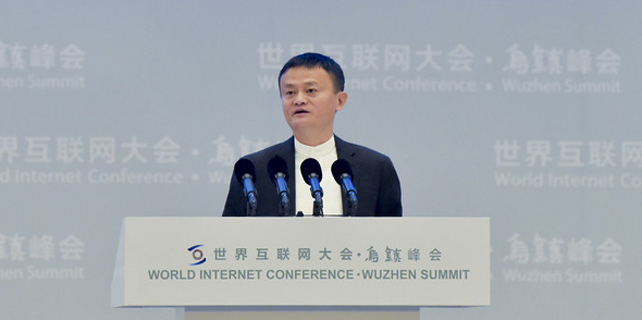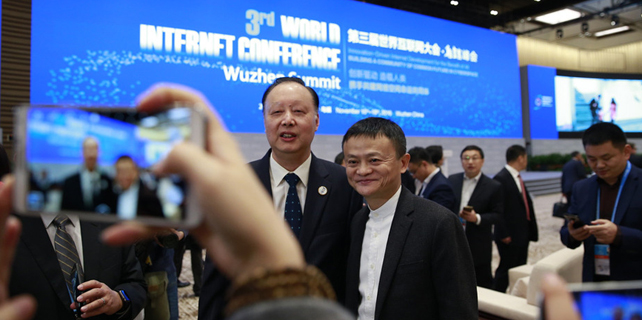Xi's trip highlights bustling Latin American ties
President Xi Jinping's state visit to Ecuador, Peru and Chile reflects China's strong commitment to forging strong relations with the region, according to US-based Latin American experts.
Xi will visit the three South American countries from Nov 17-23 while also attending the 24th APEC economic leaders' meeting in Lima, Peru, from Nov 19-20.
"It has been impressive for the commitment China has made to Latin America," said Eric Farnsworth, vice-president of the Americas Society and Council of the Americas, referring to the frequent trips there by Chinese leaders, including in the last few years by Xi, Premier Li Keqiang and other senior Chinese government officials.
It will be Xi's third trip to Latin America since he became president in March 2013.
Farnsworth described X's trip as a continuation of that commitment, saying the three countries on Xi's itinerary all have a solid relationship with China.
R. Evan Ellis, a research professor of Latin American studies at the Strategic Studies Institute of the US Army War College, described the three countries as "a very positive story" for China.
The author of many articles on China's relations with Latin America, Ellis believes there are significant opportunities for China to strengthen its business relationships with Latin America.
China is the largest trading partner for Peru and Chile and the third largest for Ecuador.
Besides meeting leaders of the three South American nations, Xi will witness the signing of bilateral cooperative agreements, the release of the joint statements and participate in public diplomacy, such as attending the closing ceremony of the 2016 China-Latin America Cultural Exchange Year.
Riordan Roett, professor and director of the Latin American Studies Program at the Johns Hopkins University School of Advanced International Studies, said all three countries would welcome Chinese investment in infrastructure.
He said Chinese companies are active in mining in Peru, but the ports and roads there are very poor. The situation is the same for Ecuador and other countries on the Pacific coast of Latin America.
Farnsworth, who just returned from a trip in China, said China continues to be a vital market for South America and its importance is growing. He said that Latin American countries are looking for a more diversified and balanced trade with China, which will include not only primary goods but also finished goods. He noted that the Chinese government has made it clear it supports that approach.
Farnsworth believes that the three Latin American countries hope to further tap the Chinese market, citing the example of Chilean wine. Chile, the fifth-largest wine-producing nation, has become the second-largest supplier to China, according to a Financial Times report on April 19.
Farnsworth said the success story of Chilean wine can be duplicated by other sectors.
Roett agreed, saying that Latin Americans would like to export more to the Chinese market. "But Latin America is not very good in identifying the products that would be attractive in the Chinese market," he said.
In his view, many Latin American economies are not competitive and productive. "They really have to begin to find ways to become more competitive," he said.
Ellis noted that there are lots of opportunities in Peru not just in mining, but infrastructure as well as fisheries and agriculture. In Ecuador, the expectation will continue to be Chinese investment in the oil sector and hydroelectric projects. The huge Coca Codo Sinclair hydroelectric plant, built by Sinohydro Corp in northeast Ecuador, began operating in April.
Ellis said Chile also will seek Chinese investment in infrastructure and possibly manufacturing and value-added industries as well as the service industry, including upgrading a free trade agreement signed with China in 2005.
chenweihua@chinadailyusa.com
















